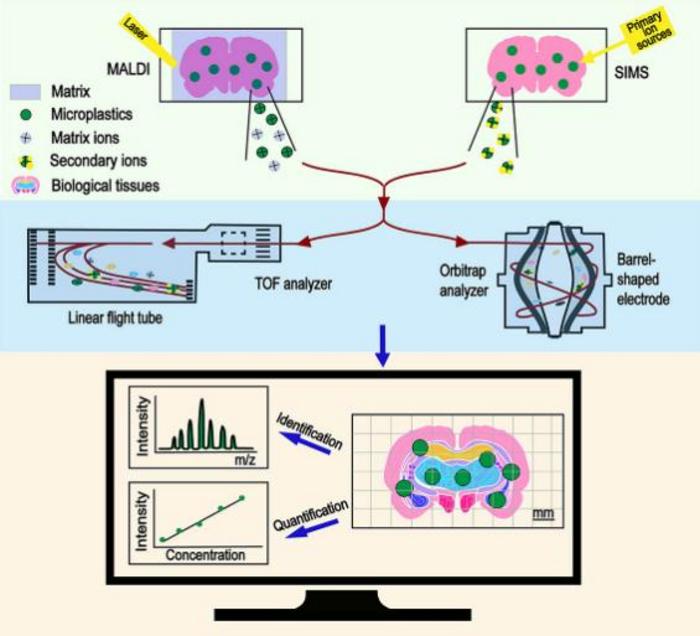A team of scientists has developed a state-of-the-art mass spectrometry imaging method to detect and quantify microplastics in living organisms, offering the potential to better understand their environmental and health impacts.
Plastic pollution is an escalating crisis, with microplastics infiltrating ecosystems and posing potential health risks to humans and wildlife alike. A new study, led by researchers from Nankai University in China and the University of Massachusetts, has pioneered a groundbreaking mass spectrometry imaging (MSI) technique that could revolutionize how we detect and understand microplastics within living organisms.
Microplastics, tiny plastic particles less than five millimeters in diameter, are ubiquitous in nature. They have been detected in various species, ranging from marine life to terrestrial organisms and even in human tissues.
Traditional imaging methods, like fluorescence and electron microscopy, often require extensive sample preparation or artificial labeling, which can introduce errors and fail to provide a comprehensive picture.
The new study, published in the journal Eco-Environment & Health, introduces a novel MSI approach that combines matrix-assisted laser desorption/ionization (MALDI) with time-of-flight (TOF) or Orbitrap mass analyzers.

Credit: Eco-Environment & Health
This technique facilitates high-resolution, in situ imaging of microplastics within biological tissues, bypassing the need for labeling and preserving sample integrity.
“This approach offers unprecedented insights into the dynamics of microplastics within biological systems. By precisely mapping and quantifying microplastics in situ, we can better understand their risks to organisms and ecosystems, opening new avenues for research into the health and environmental implications of plastic pollution,” lead researcher Lei Wang, a professor and department chair of environmental science at Nankai University, said in a news release.
This advanced MSI technique addresses the limitations of traditional methods by enabling direct ionization and analysis of plastic macromolecules in situ. The integration of MALDI with TOF or Orbitrap analyzers delivers detailed spatial distribution maps and chemical data, enabling a more accurate understanding of the accumulation, movement and transformation of microplastics.
The implications of this technology are vast, offering significant benefits for environmental and health sciences. By providing a clear picture of where and how microplastics are distributed within organisms, this technique can inform regulatory frameworks and pollution control measures, ultimately aiding in the protection of both public health and ecosystems.
Moreover, this new capability aligns with the “One Health” concept, highlighting the interconnectedness of environmental and human health.
As microplastics continue to pose a significant threat, breakthroughs in detection and analysis methods such as this could pave the way for more effective mitigation strategies and a deeper understanding of the long-term effects of plastic pollution on living organisms.

